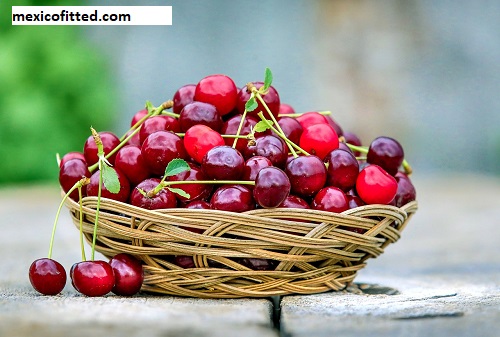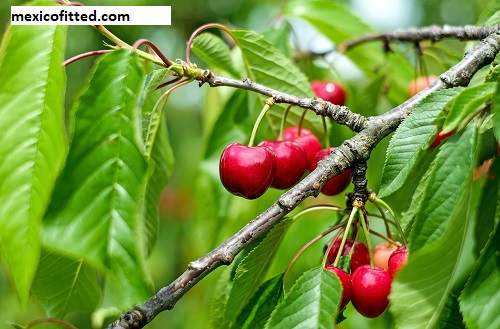Mumbai: the cherry on top:
Mumbai:
I had three days to myself in Goa before it was time to head to Mumbai, my last stop in India. I’ll give some background information and context before getting it. Into my experiences there because it will be important to this blog article.was the one that first motivated me to travel alone. other to India and generally. For anyone who may have forgotten, here is a little recap of the book. Which is rather important to my experience in Mumbai:

Shantaram narrates the story of Lin:
Mumbai:
An Australian prisoner who breaks free and travels to India, where he spends the next ten years living in secret. The plot of Lin’s narrative. Which is (mainly) based on the author’s real life, chronicles his bizarre series of adventures in Mumbai, including slum living. starting a clinic for the underprivileged, and being entangled with the Indian mafia.
Three years ago, when I read the book:
Mumbai:
- Aside from story themes, the book’s true value and the main reason I like it so much is how brilliantly it portrays Indian people and culture. I was determined to go to India as soon as I could take a long vacation.
- Also really interested to see how much of the book was true when I finished it. I attempted to look up some information online,
- but I wasn’t successful because the author had mostly sidestepped issues about fact vs. fiction. The only article I could locate verified Lin’s “adopted family”—Prabaker Khare’s family. for those who have read the book—was indeed real in India. It was published by an Indian newspaper.
I did some additional research and found that Kishore:
Mumbai:
- The late Prabaker’s brother was one among those family members. Additionally, Kishore periodically provided devoted Shantaram admirers with exclusive “Shantaram tours” in Mumbai. During these trips, he would provide his interpretation of the Shantaram story. Show admirers around the city and the slum where the book is set, and introduce them to other characters.
- I was able to locate Kishore’s email address online. So I wrote him to ask if we might have a meeting. I was surprised to receive an email from him offering to take me on a private tour for the entire day,
- even though I didn’t believe there was much of a chance he would respond. I felt like a child counting down the days till Christmas when I accepted the offer, filled with excitement. This was the week before we left for Mumbai.
- I had chills the moment my jet finally started descending into Mumbai last week. The plot of Shantaram begins with the protagonist and author, Lin, arriving in Mumbai.
- He describes in detail the sensory overload he experienced there, including the sounds, smells, pollution, and so on. My senses were overtaken as my jet descended, and I had the impression that I was returning thirty years after Lin’s arrival.
I went to meet Kishore at the Taj Mahal Palace Hotel the morning following my arrival:
Mumbai:
- I knew he was from the same mold as his brother Prabaker, the book’s most compelling character, within minutes of meeting him. Kishore was funny, polite, and nice.
For the first few hours of the tour, Kishore took me around the city in his taxi, stopping at significant locations from the book. For readers who have read the book, - these locations include the India Guesthouse, which is where Lin lived before moving into the slum, the police station where Lin was arrested, Arthur Road, which is the prison where Lin was tortured, and many more.
- Seeing such locations seems utterly bizarre. Envision being an avid follower of Harry Potter, discovering the existence of a magical realm, and having the opportunity to attend Hogwarts for a day. I felt like I was in a dream the entire day!
Kishore drove me to the Sassoon Docks for lunch, where I learned about the Mumbai fishing industry:

Mumbai:
- Which provides jobs for many of the city’s impoverished residents. After enjoying some freshly caught fish at the docks, we embarked on the most exciting portion of the day:
- A visit to the Colaba Slum is the setting for many of the Shantaram characters, including Kishore, Lin, and Prabaker, and the main emphasis of the book.
- I started preparing myself psychologically as we drove to the slum, anticipating the culture shock I knew I would experience there. But when we arrived, I hardly experienced any shock at all
- . That’s not to say that life was easy in the slum—far from it! The slum’s residents had extremely limited access to electricity and clean water; it was filthy,
- with sewage and trash covering the roads and alleyways; many of the houses were shoddily built using only scrap metal and bamboo; and more than four people were living in each small, one-room hut.
I was unexpectedly unfazed by the filthy surroundings, and I believe the book was partly to blame:
Mumbai:
- When I read Shantaram’s book three years ago, I experienced a genuine cultural shock since he had painted such a vivid and true picture of the slum.
There were certain aspects of the slum that I considered to be quite good, despite its subpar living conditions. Above all, the residents of the slum were extraordinarily gracious and hospitable. - Almost everywhere I went, I was met with smiles, and some of the locals even sought to practice a few English words with me.
- It surprised me much that I wasn’t asked for money at all, considering how frequently I’d been approached for money in other parts of India. The interiors of the huts were surprisingly tidy and tastefully painted, despite the filthy condition of the slum’s streets and passageways (albeit, incredibly tiny).
FAQs on “Mumbai: The Cherry on Top”
Mumbai:
1. What is “Mumbai: The Cherry on Top”?
“Mumbai: The Cherry on Top” is indeed a colorful tour of the city, bringing out just what is so colorful in its cultures, culinary delights, and unique experiences. The very phrase hints that there is little extra, a rich tapestry of life that makes this city stand more emphatically among the global cities. That is why the title may go for a book, documentary, or tourism campaign to highlight what makes Mumbai special.
2. What does the tourist see and experience in Mumbai?
Things to be experienced in Mumbai: from shopping, visiting monuments or buildings, and culinary explorations; all this and much more Mumbai provides for her visitors.
- Iconic Landmarks: Places include Gateway of India, Marine Drive, and historical Chhatrapati Shivaji Maharaj Terminus
- Culinary Diversity: Street food and haute cuisine, from vada pav to five-star plates, all reflect the rich multicultural heritage of the city.
- Cultural Events: Festivals, plays, and exhibitions all reflect that vibrant arts atmosphere in a city
Shopping Options: There are markets like Colaba Causeway and uptown malls for handicrafts and luxury brands alike
3. What makes Mumbai different from other cities in India?
Mumbai can be differentiated on various bases:
- Financial Metropolis: Fondly called the financial capital of India, Mumbai encompasses huge industries, banks, and the Bollywood film industry.
- The city has one of the most diverse populations: where melting pots of cultures languages and traditions can be seen. Mumbai is one of the cosmopolitan cities in India.
- History: The colonial architecture in Mumbai represents India’s past with elements of other timelines and cultures.
Lifestyle and Energy: One would love fast living, nightlife, and the resilience of people.
4. How will tourists find their way around in Mumbai?
There are many ways that one can get around in Mumbai:
- Public Transport: The use of the city’s train network is highly efficient for crossing or traversing within the city, similar use of buses and auto-rickshaws.
- Rideshare Apps: Tourism in the city becomes easy with services like Uber and Ola even if one has no idea of the route.
- Walking Tours: Any visitor would be interested in a visit around a neighborhood, seeing and hearing the sights and sounds of the city.
- Local Guide: While the stay is made even more interesting by offering information regarding the culture, history, and “the hidden stuff” of the city, a guide can be hired.
What would visitors in Mumbai pay attention to?
Visitors should keep in mind.
- Show Respect to Local Customs: Being sensitive to the local customs and traditions usually makes interactions with locals much easier.
- Hydrate: This climate is pretty humid, so hydrate by drinking plenty of water whenever you go out.
- Safety: Mumbai is relatively a safe city to visit; you just have to be very careful, more so in crowded places and at night.
- Do Not Take the City Too Seriously: Sometimes, the electricity sweeping through this city is too much to handle. To survive in its disorder can create lifelong memories.
Conclusion:
Mumbai:
“Mumbai: The Cherry on Top” sums up the flavors of a rich cultural heritage, diversified life, and full urban experiences that make for a great destination. Whether it is to pay ode to its fabled landmarks, indulge in its yummies delights, or soak in its effervescent arts movements, Mumbai has everything for one and all.

Understanding the dynamics that make this place so unique would help travel-minded people prepare for what promises to be a once-in-a-lifetime experience. Let the spirit of the city leave an etch on your heart, actually proving that this is indeed the cherry on top of any travel experience to India.